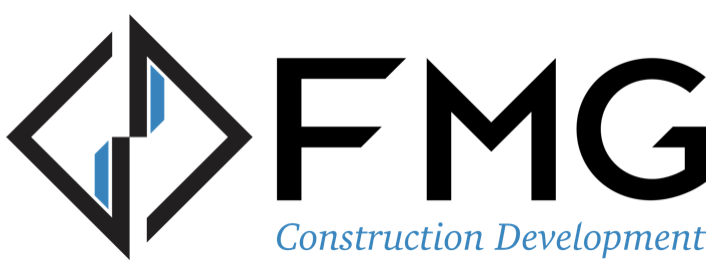Increase Productivity with these 6 ConTech Tools
The construction industry is set for a boom in productivity. As technology becomes more pervasive on the job sites, the construction industry will continue to see an increase in productivity as well a truncated construction schedule. The right tools can provide a construction firm with the insights needed to stay on top of their business. Specifically, efficient use of technology not only improves productivity in the field, but improves financial insight, business visibility, workforce management, and mobility as well. Companies that take action in optimizing their operations with the use of technology are said to increase dramatically in the field and the office in the coming years. The advantages many construction companies have witnessed due to adoption of Construction Technology (ConTech) has open eyes for many others to follow suit.
Let’s take a closer look at which category of construction tools and technology helping construction companies and contractors become more productive:
1. Integrated or Cloud-Based Accounting Solutions
Many firms realize the need for greater financial insight and have moved away from manual processes to the automated benefits provided by technology.
With an integrated accounting solution, construction businesses have more visibility and control over all project financials. A cloud-based solution provides even more significant gains, including real-time updates, greater collaboration, and anytime, anywhere access to project-critical information.
2. Project Management Systems
There are many components of a construction project, from architectural design and managing logistics for materials to hiring resources to aid the physical build of building or home, Full business visibility comes with solid management of activities and reporting. A reporting system that can synthesize data into meaningful summaries, field reports, and financial statements is critical for identifying and solving problems.
3. Automated Alerts and Monitoring
Construction companies dig through a lot of data to get the right information to the right people at the right time. From documents and emails to plan revisions and change orders, it can quickly become difficult to keep up. An automated alert system tied to operations software provides immediate and actionable information by sending a text, email, or desktop notification. By monitoring this data and finding certain conditions are met, this system can quickly notify teams of any issues and allow approbate parties to address the issue faster.
4. Dashboards
As mentioned, managing the data for a construction team can be overwhelming. 4. Dashboards can integrate with multiple systems to pull data to a centralized visualization tool that allows project stakeholders to efficiently analyze key performance measures. Robust dashboard should display all relevant metrics, and more importantly, it should clearly, quickly, and compellingly provide intuitive access to critical project and accounting details.
5. Analytical Tools & Artificial Intelligence
Predictive analytics tools can use several advanced features like data mining, modeling, and machine learning to allow systems to make predictions based on past results. Evaluating business and performance trends enables businesses to better manage projects and improve forecasting. As companies make small changes due to systems implemented, an improvement in efficiency and makes a significant impact on day-to-day workload on construction teams.
6. Mobile Applications
Cloud-based solutions and mobile apps streamline projects, increase efficiency, improve collaboration, and keep all teams in sync. The past 2 years have changed the way many industries align cloud-based solutions to their operations; this holds true for the construction industry as well. Mobile applications has allowed both remote work and enhanced communication in the field for many years, and will continue to make great impact as mobility remains a key factor for productivity.

